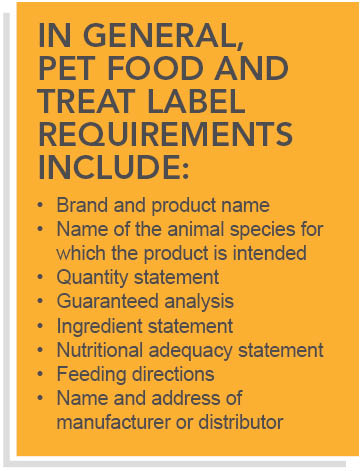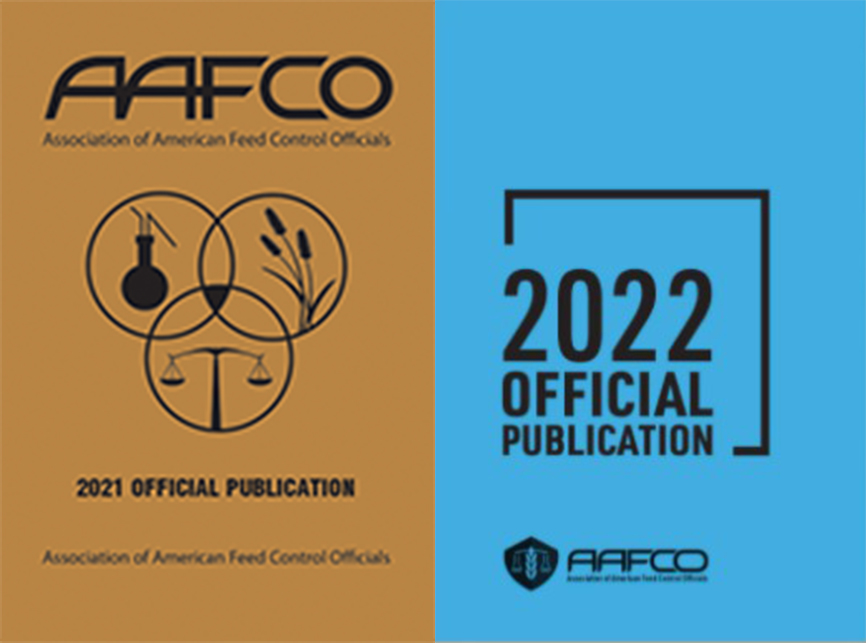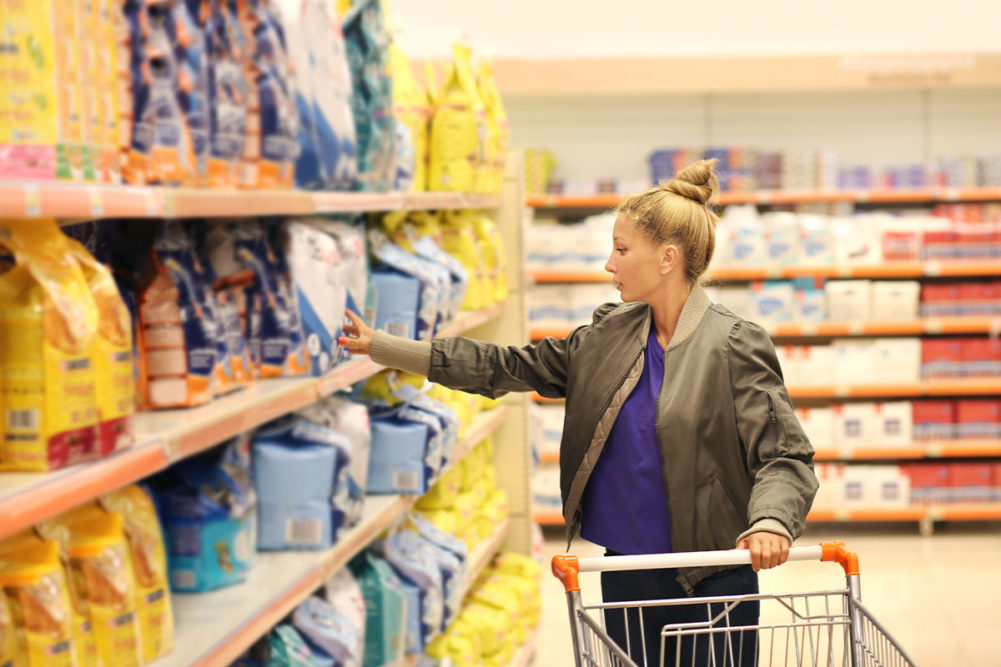This article was published in the December 2021 issue of Pet Food Processing. Read it and other articles from this issue in our December digital edition.
Navigating the approval process for pet food labels can be complex and time consuming. Documenting any claims, keeping the callouts on the label and packaging simple, and following rules set by the Association of American Feed Control Officials (AAFCO) will help manufactures avoid difficulties in receiving approval, according to industry leaders.
Susan Hays, executive director of AAFCO, Champaign, Ill., emphasized the importance of using AAFCO’s resources at every step of the process. She said reviewing the AAFCO Model Bill and Regulations along with the Model Regulations for Pet Food and Specialty Pet Food, which are both found in the AAFCO Official Publication, are important before beginning the process.

Reviewing state requirements is also important as some states require registration and licenses. Hays recommended attending an AAFCO training session and reaching out to state feed control officials for questions.
Hays said to streamline efforts, companies should make sure they review and understand the AAFCO Pet Food and Specialty Pet Food Labeling Guide at the beginning of the process.
Additionally, Hays said reviewing the AAFCO Pet Food Regulations Label Review Checklist is a way for manufacturers to make sure they send in the correct completed packets and forms. She said companies should use the checklist to verify they are following the application’s directions and to double-check that any labels submitted are legible. It’s important any additional documentation that may be required is included with an application, such as documentation for human-grade claims.
“The amount of new and revised labels we have to review each year takes a great deal of time,” Hays said. “I would suggest having labels reviewed by a label consultant before printing expenses are incurred.”
Be cautious on claims
August Konie, principal of food safety, quality and regulatory affairs, BSM Assurance, Concord, Calif., said claims are an area that requires special attention.
“Claims can get very wild and verbose,” Konie said. “This is a common trouble spot. If you are going to say something, have the documentation to back it up.”
Konie said all-natural claims often become an issue as manufacturers could find their products are not as natural as they believe, and such claims require an ingredient list and documentation to back them up. Health claims are another problem spot as manufacturers often try to name specific diseases or ailments in their claims, which is against regulations.
“Claims can get very wild and verbose. This is a common trouble spot. If you are going to say something, have the documentation to back it up.” — August Konie, BSM Assurance.
Using ingredients that are not approved for AAFCO use is another area that can slow down the process. When manufacturers use those ingredients, they must be researched and proven as safe and approved for pet food, Konie said.
Konie’s biggest advice in terms of claims was to keep it simple. He said manufacturers sometimes tend to fill any extra space available on the bag.
“Advertise what you need to advertise, call out what you need to call out, but don’t just fill bag space,” he said.
He said some of the best labels he has seen have one-word claims. The bags give mental images through pictures without saying anything extensive in words, and the words they did use were primarily nouns.
Zach Stephan, senior food scientist, Alphia, Bern, Kan., encouraged the use of soft claims. For example, he recommended stating a product “helps clean your dog’s teeth,” instead of “cleans your dog’s teeth.”
Stephan also said it is important to have more than one set of eyes looking at the labels and packaging at the company level, and to also consult a third-party regulatory expert who is more versed in the process.
A state-by-state effort
Since the label approval process is done at the state agency level, Hays said, the length of time required for approval completely depends on the specific state’s processes and resources. The process can take several months if packets are incomplete or if the submission is made during an especially busy time, such as the annual review period.
 The AAFCO Official Publication contains regulations and ingredient terms that are important to review before beginning the label approval process. (Source: AAFCO)
The AAFCO Official Publication contains regulations and ingredient terms that are important to review before beginning the label approval process. (Source: AAFCO)
Madison Fink, pet food coordinator with the Missouri Department of Agriculture, said problems she sees in Missouri include using drug claims on pet food bags, which is not permitted. The definition of a drug involves the product being used in the cure and prevention of disease.
Formatting of the calorie content section is another area where companies in Missouri have trouble, and there are very clear laws for how that section should be formatted, Fink said. She also suggested using the official feed term in the ingredient deck, as the use of unofficial feed terms is another issue she has seen.
Fink said she has seen many smaller companies making mistakes because they do not have the time or resources dedicated to learning the regulations. This is where collaboration with state regulators can be of assistance, if manufacturers choose to reach out. She added state officials can explain regulations and walk companies through the basics as they get started.
Konie said the time it takes to receive feedback from states after submission has varied during the pandemic, as some states have officials in the office and others are still working from home. Additionally, only a quarter of states have electronic filing, and having electronic filing can speed up the process.
Both Fink and Stephan noted there is a working group in AAFCO of industry and regulatory members coming together to help modernize labels. This Pet Food Label Modernization project will likely lead to some significant changes to labels in the future.
“AAFCO is working with industry on the information developed so far,” Hays said. “We know it will be several years before these regulations take effect, and consumers will have the benefit of labeling on pet food that is easier to understand.”
For more regulatory news affecting the pet food market, visit our Regulatory page.


